Tower Structures 1967
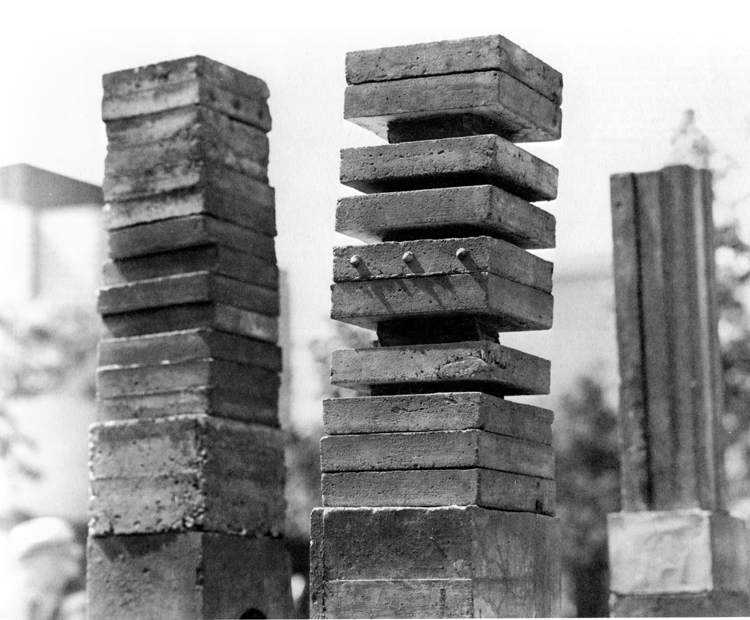
Kazuo Nakamura, Tower Structures, 1967
Concrete, 77.5 x 19.1 x 19.1 cm
Unlocated
Tower Structures is a group of concrete pillars made of squat square blocks stacked vertically with some recessed intervals and a few small symmetrical protrusions on some of the blocks. The work is an extension of Kazuo Nakamura’s Block paintings that date back to the early 1950s, of which Block Structure, 1956, is a typical example, and also part of a series of stacked sculptures begun at least in the mid-1950s. Tower Structures is one of the last such sculptures.
Nakamura gave only one contemporary interview concerning his sculpture, in 1967. In a very rare moment of talking about a specific work, he said about Tower Structures:
My concern in sculpture, as in my structural painting, is with the atomic particle moving perpetually in space. Where unnatural perfection is static, natural imperfection implies motion. My tower-structures are imperfect. Their surfaces of natural concrete retain the imperfections (and hence, the motion) of the medium itself, which polishing would destroy. They move in space with the rhythm of slight asymmetry, like a constant, subtle shifting of the component strips or blocks. Such simple geometric forms, bare of all “period” decoration, are always timeless in essence. Although for me these structures seem to project our own time toward a future of stacked-tower environments, for other people they may well evoke relics of an ancient past. In either case, I am obviously working with structural echoes of architecture. Since 1958, I have alternated angular open-cage forms with blocky constructions: even in painting I use a block stroke. And though I work “small,” I try to achieve, through correct proportion, an architectural command of space.
Here, in his usual succinctness, Nakamura offers up multiple, complementary readings of Tower Structures.
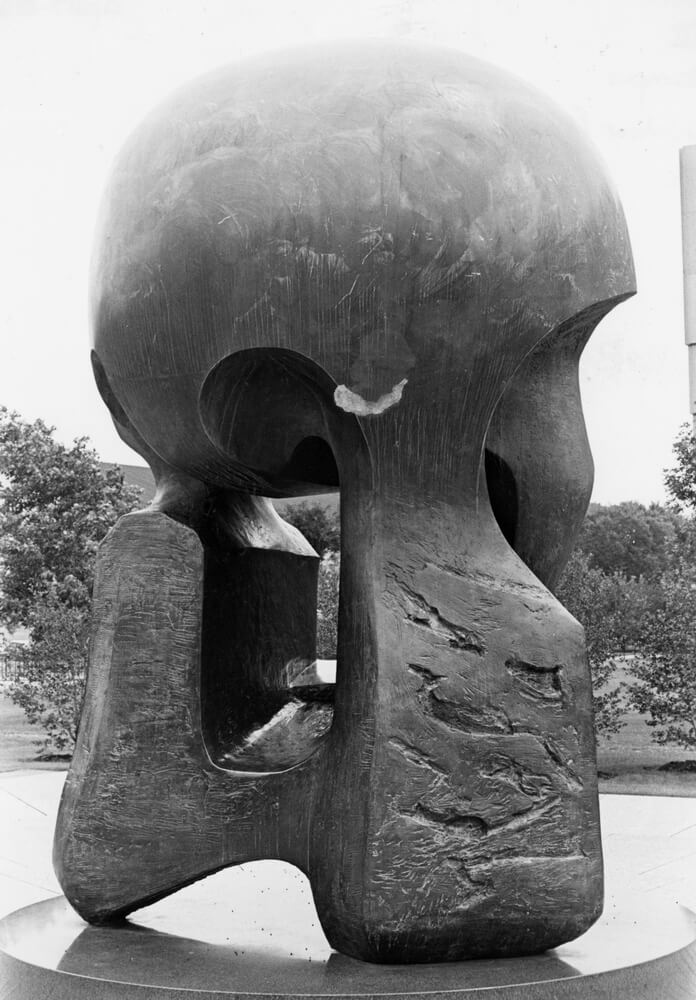
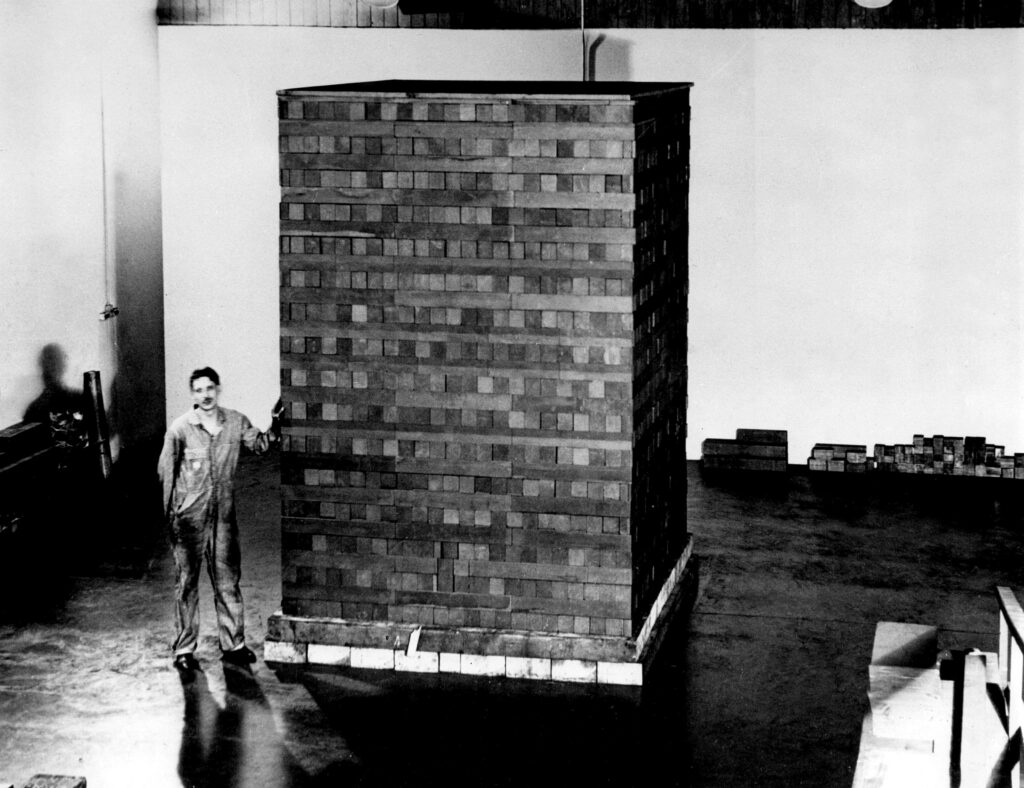
This sculpture may reference nuclear piles, the most famous being the one constructed in Chicago in 1942 that generated the first human-made, self-sustained chain reaction necessary to produce nuclear power on December 2 of that year. Nakamura made this sculpture in 1967, the twenty-fifth anniversary of the test. He was likely aware of Henry Moore’s sculpture Nuclear Energy, 1964–66, which was installed on the site to commemorate that day and a model of which is housed in Hiroshima. Tower Structures also has an eerily surreal quality that brings to mind the devasted landscapes of Hiroshima and Nagasaki, with their few remaining structures standing after the atomic blasts of August 1945.
The surfaces of Nakamura’s sculpture are intentionally imperfect and unpolished, possibly inspired by the Neoplatonic idea of the physical world as an imperfect reflection of the world of ideal forms. Jerrold Morris, Nakamura’s dealer, stated in 1965 that his client’s art “continues the quest begun by the Greek philosophers for the shifting ground between spirit and matter.” It may also embody the Japanese aesthetic of transience and imperfection, famously articulated by the novelist Jun’ichirō Tanizaki in his essay In Praise of Shadows (1933). All of these readings ultimately relate to the human condition, and so it certainly would not have been lost on Nakamura how these towers also have an anthropomorphic quality.
Perhaps Nakamura was becoming more aware of the passage of time and softening his critical stance on human nature. He may have come to accept human imperfections as a necessary stage to seeking out perfection—the human connection to the universal, an idea he would express by hand-painting numbers and their grids in the Number Structure series.

 About the Author
About the Author
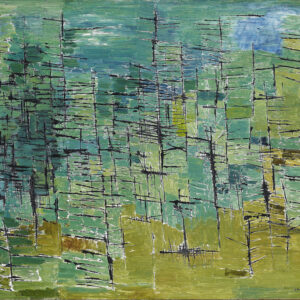 More Online Art Books
More Online Art Books
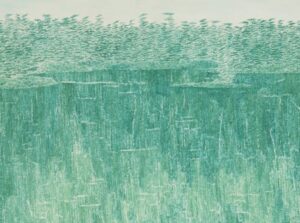 Acknowledgements
Acknowledgements